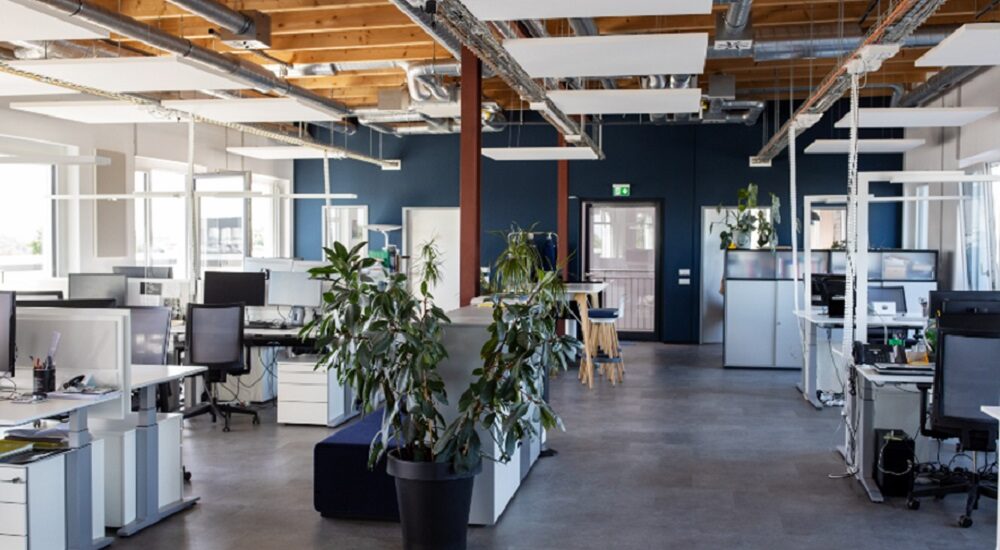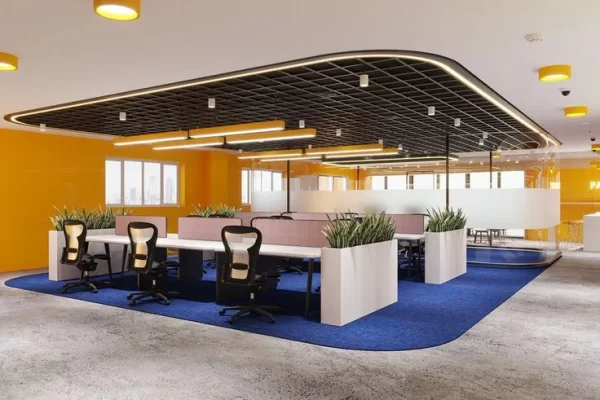Office interior designers play a crucial role in shaping the environments where we work. As the nature of workspaces evolves, these professionals are instrumental in creating spaces that are functional, aesthetically pleasing, and aligned with modern business needs. Here are ten key roles that office interior designers fulfil in modern workspaces.
1. Enhancing Functionality
Office interior designers focus on optimising the functionality of workspaces. They create layouts that facilitate efficient workflows, enhance collaboration, and ensure that space is used effectively. By understanding the specific needs of a business, they design environments that support productivity and operational efficiency, from ergonomic workstations to strategically placed meeting rooms.
2. Fostering Employee Well-being
Modern workspaces prioritise employee well-being, and office interior designers are at the forefront of this trend. They integrate features that promote physical and mental health, such as adjustable desks, break-out areas, and access to natural light. By creating environments that support comfort and reduce stress, designers help improve job satisfaction and overall well-being.
3. Reflecting Company Culture
Office interior designers work closely with businesses to translate their brand identity into the physical environment. This includes incorporating colours, materials, and design elements that align with the company’s ethos. A well-designed office not only enhances brand image but also strengthens company culture and employee engagement.
4. Incorporating Sustainable Practices
Sustainability has become a significant consideration in office interior design. Designers are increasingly using eco-friendly materials and energy-efficient solutions to minimise the environmental impact of office spaces. They select sustainable products, such as recycled materials and low-VOC paints, and implement designs that promote energy efficiency and reduce waste.
5. Adapting to Technological Advances
The integration of technology is essential in modern workspaces. Office interior designers ensure spaces are equipped to handle the latest technological advancements. This includes designing areas for video conferencing, managing electrical and data cabling, and incorporating smart office systems. By staying abreast of technological trends, designers create spaces that support seamless technology integration.
6. Creating Flexible Work Environments
The rise of flexible working arrangements has changed how office spaces are designed. Office interior designers create adaptable environments that cater to various work styles, from open-plan areas to private offices and collaborative zones. This flexibility helps businesses accommodate different working patterns and promotes a more dynamic and responsive workplace.
7. Optimising Acoustics
Acoustics are a critical aspect of office design, impacting comfort and productivity. Office interior designers address acoustic challenges by incorporating sound-absorbing materials, strategic layout planning, and noise-reducing features. By improving acoustics, designers help create quieter, more focused work environments.
8. Enhancing Aesthetic Appeal
The aesthetic quality of an office space can influence employee morale and client perceptions. Office interior designers bring creativity and design expertise to ensure that workspaces are visually appealing. They select colour schemes, furnishings, and décor that not only enhance the overall look of the office but also create an inspiring and pleasant work environment.
9. Designing for Health and Safety
Office interior designers play a key role in ensuring that workspaces meet health and safety regulations. They design spaces that adhere to building codes, incorporate safety features, and promote a secure working environment. This includes designing clear evacuation routes, ensuring proper ventilation, and selecting materials that comply with safety standards.
10. Managing Project Execution
From concept to completion, office interior designers manage the entire design process. They coordinate with contractors, suppliers, and other stakeholders to ensure the project is completed on time and within budget. Their project management skills ensure the design vision is realised efficiently and effectively.
Office interior designers are essential in creating modern workspaces that are functional, aesthetically pleasing, and aligned with current trends. Their expertise in enhancing functionality, promoting well-being, and integrating technology ensures that office environments support employees and business objectives.
For more information about the role of office interior designers in modern workspaces, contact Ampersand Associates today.





